Here is (another!) really common question that I get:
“I’ve got 3 quotes for solar: The first company says my roof is at the wrong pitch and wants to charge me hundreds of dollars extra to put my solar panels on tilt frames to optimize the amount of electricity I get. The second mob say it is fine to just put the panels flush on my roof and the third guy says that, yes my roof isn’t at the perfect pitch, but the best solution is to mount them flush to the roof and simply add an extra solar panel to make up for any reduced power output.
Now I’m really confused! Help!”
The problem here is that there are 2 extremes of solar installer in my experience: [Read more…]

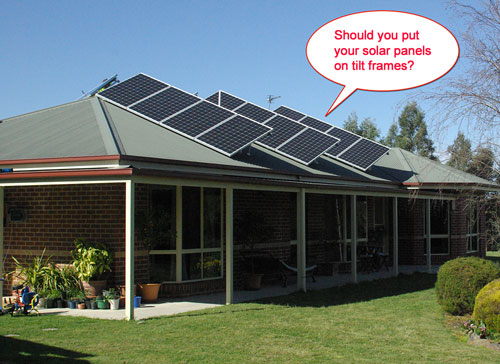

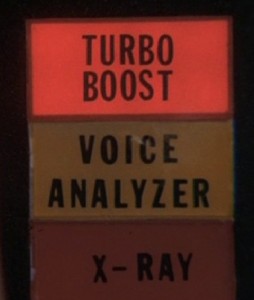
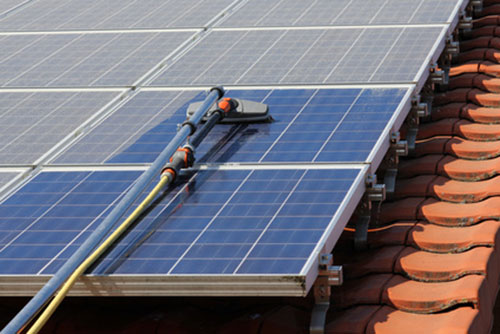


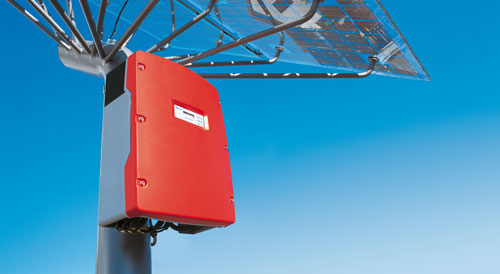
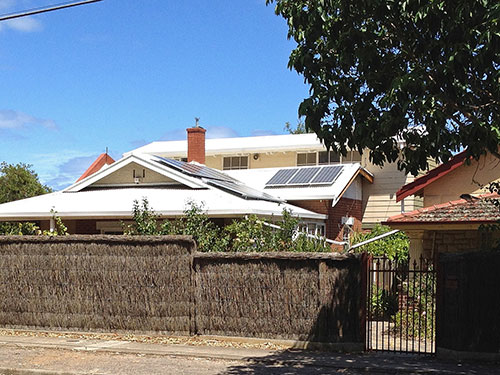
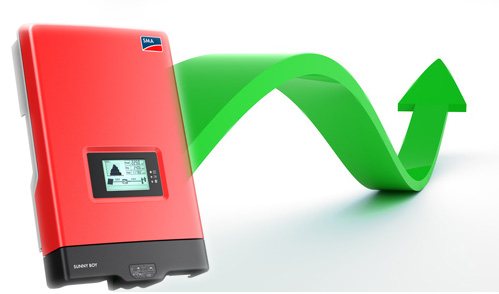
 RSS - Posts
RSS - Posts



Currently Raging Debates: